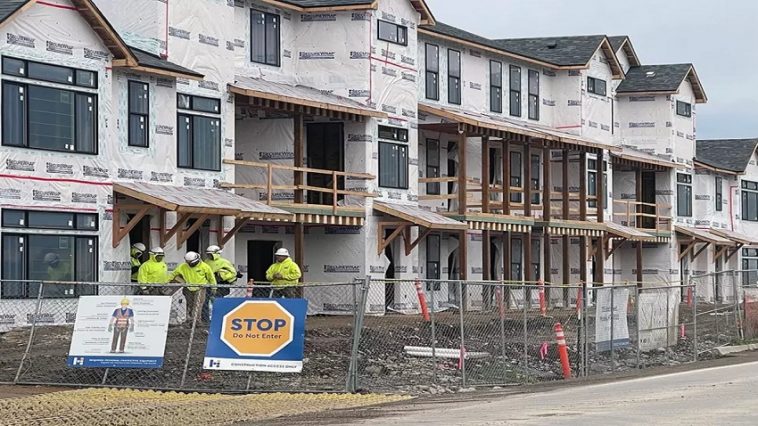Missoula, MT – A significant development project in Missoula is transforming a former Superfund site into a vibrant new neighborhood, poised to offer both market-rate and income-restricted housing options. Spearheaded by Ravara LLC in partnership with the City of Missoula and other key stakeholders, including the Missoula Redevelopment Agency, the project marks a major milestone in the city’s growth and commitment to creating diverse housing opportunities.
The development, which began in 2020 when the City Council approved the purchase of 19 acres of land off Scott Street for approximately $6.6 million, is progressing steadily, with the first units expected to be available later this year. Previously a vacant Superfund site, the land has undergone extensive cleanup, thanks in part to a neighborhood-driven effort that persuaded the Environmental Protection Agency to ensure that roughly nine acres were cleaned to residential standards.
Kiah Hochstetler, a member of the development team, highlighted the significance of the project, noting that the current construction is focused entirely on homes for sale. “Everything that’s under construction right now is all for home ownership, it’s all for sale,” said Hochstetler. “It’s part of the strategic structure we’ve created with the City of Missoula to bring this project together.”
The development is being designed to include a mix of 89 condominiums and townhouses, with the first two phases incorporating 45 units that will be deed-restricted through a community land trust. This arrangement ensures that half of the planned homes remain affordable for the long term. The North Missoula Community Development Corporation holds the land trust, which safeguards these units from market fluctuations, allowing them to remain accessible to low- and moderate-income buyers in perpetuity.
The project’s vision is rooted in both economic development and social responsibility. It reflects a growing recognition in Missoula of the need for affordable housing amidst a rapidly expanding housing market. The community land trust model, which secures affordable housing for future generations, could provide a blueprint for other cities grappling with similar housing challenges.
The impact of the project extends beyond housing. By revitalizing a formerly contaminated site, the development is contributing to environmental restoration while providing much-needed homes for Missoula residents. With construction well underway and units expected to go on the market later this year, the project is poised to be a significant asset to the city.
As Missoula continues to grow, this development stands as a testament to how collaboration between local government, private developers, and community organizations can result in projects that benefit both the economy and the community at large.



